Echos of Ancient Lands
Meguti Temple Aihole India
Mother Masala Tours
Mahabharata War Temple
Meguti Temple Aihole India. Located in Karnataka, the Temple is a historical site integral to the region's cultural and religious landscape. Constructed around 634 CE, this shrine represents a significant achievement of the early Chalukya Dynasty. The term “Meguti” is thought to indicate a place of worship or refuge, emphasizing its spiritual significance. Positioned elegantly on a hill, the temple offers stunning views of the surrounding countryside. As an essential center of activity during its time, Aihole became known for the evolution of temple design in South India.
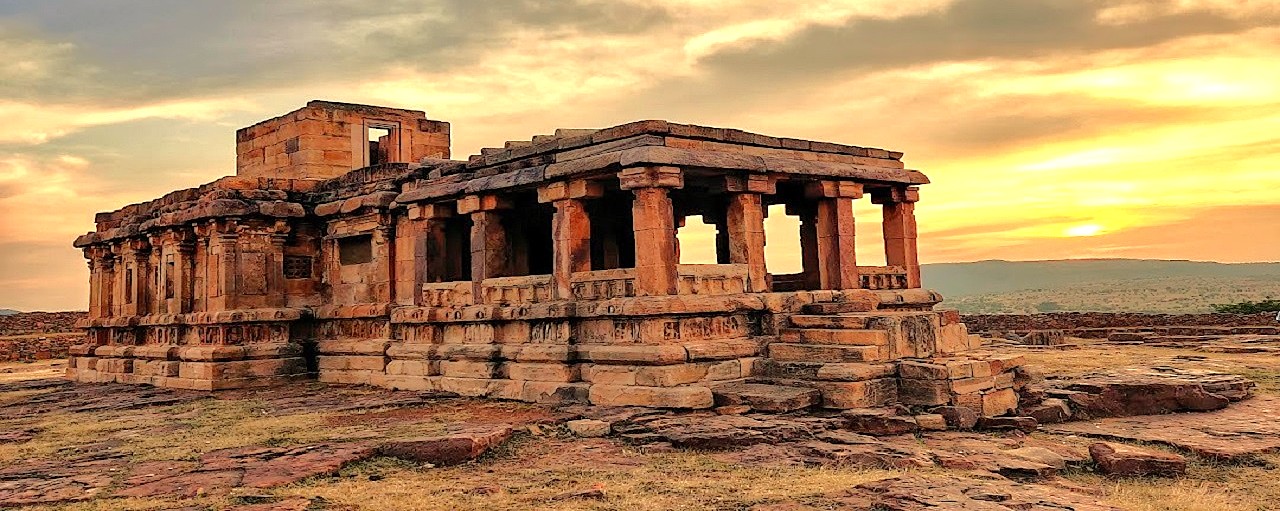
Meguti Temple Aihole India: Sacred Spaces
Within the confines of the Temple, are many artifacts that highlight the rich heritage of Aihole. Stunning carvings that depict important scenes from Hindu mythology, particularly stories involving Shiva and his consort, Parvati, adorn the temple. These artistic expressions provide insight into the beliefs and values of the people during that era. The temple's unique shape, similar to a shrine, sets it apart from other structures in the vicinity. Surrounded by a peaceful environment, it serves as a refuge for quiet contemplation. This site is recognized as an important historical location, offering us glimpses into the past that continue to resonate today.
Ancient Mosaics: Impeccable Craftsmanship
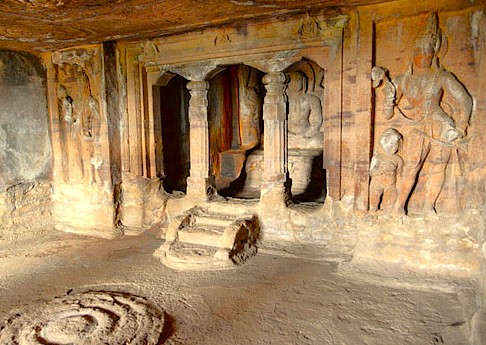
The craftsmanship revealed by the temple architects highlights the advanced skills of artisans from the early Chalukya period. The detailed stonework reflects meticulous craftsmanship and artistic imagination. Each sculpture captures vital moments from the Puranas, showing the devotion and artistry of those who lived centuries ago. Constructed during the 7th century, skilled craftsmen dedicated countless hours to ensure that every detail conveyed the essence of devotion. Iconic figures, such as Nandi, the bull who serves as Shiva's mount, exemplify the refined artistry associated with this site.
The Pulse of the Local Community
Meguti Temple Aihole India. The local community surrounding the temple is known for its hospitality and warmth, creating a welcoming atmosphere that invites exploration. Their connection to the temple is deep, reflecting a commitment to preserving the traditions and rituals that have been passed down through generations.
Capturing the Magic: A Photographic Haven
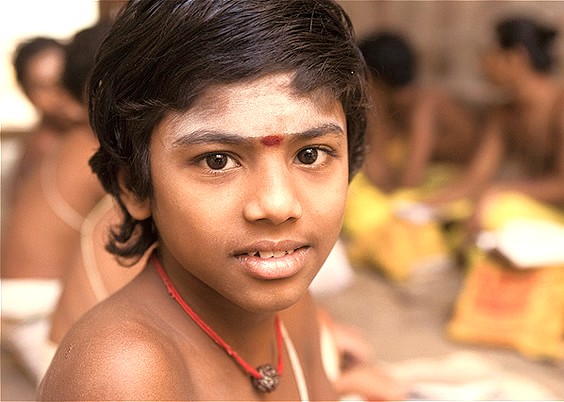
While exploring this ancient place, we will find many opportunities for great photographs. The detailed carvings and unique natural rock formations provide interesting subjects for our cameras. How the light hits the stone creates visually appealing scenes for us to shoot. Each angle gives a different chance to capture the character and story of the location. This makes the area a good spot for photographers with any level of experience. We can create a visual record of our journey through the images we capture. The structures and their features reveal a long and intriquing history worth recording.
Festivals of Devotion: Honouring the Sacred and the Divine
Throughout the year, various celebrations connect the community to the temple and its deities. One major festival is Mahashivaratri, celebrated during February or March, dedicated to honoring Shiva. On this auspicious night, devotees engage in prayers and rituals that last throughout the evening, creating an environment filled with devotion. Another important occasion is Karaga, typically held in April, which involves processions and elaborate decorations as the community comes together to honor their deities.
The Connection with the Gods

Meguti Temple Aihole India. The legacy of the Temple is closely connected to Shiva and related stories. Local narratives present Shiva as a figure who received the dedication of his followers, creating a strong local belief. These accounts often reveal the complex relationship between Shiva and his wife Parvati. They explore ideas of love, sacrifice, and dedication within their tales. Furthermore, we find that figures such as Brahma and Vishnu are part of the worship here. The temple's carvings and history give us insight into these important narratives.
Ancient Technologies: Sound, Sacred Geometry & Astrological Influences
The design of the Temple in Karnataka, incorporates principles of Vastu Shashtra - sacred geometry, believed to enhance its spiritual qualities. The circular sanctum reveals an understanding of celestial alignments, creating a meditative space that resonates with tranquility. The local stone utilized in its construction contributes to the acoustic properties, allowing sound to travel effectively within the temple. Ancient traditions indicated that this site may resonate with specific Solefggio frequencies, such as 528 Hz, known for its associations with harmony and transformation. This frequency, coupled with the geometry of the temple, supports the overall atmosphere, inviting deeper reflection and connection with the spiritual realm.
Serendipitous Meetings: Beyond the Main Path
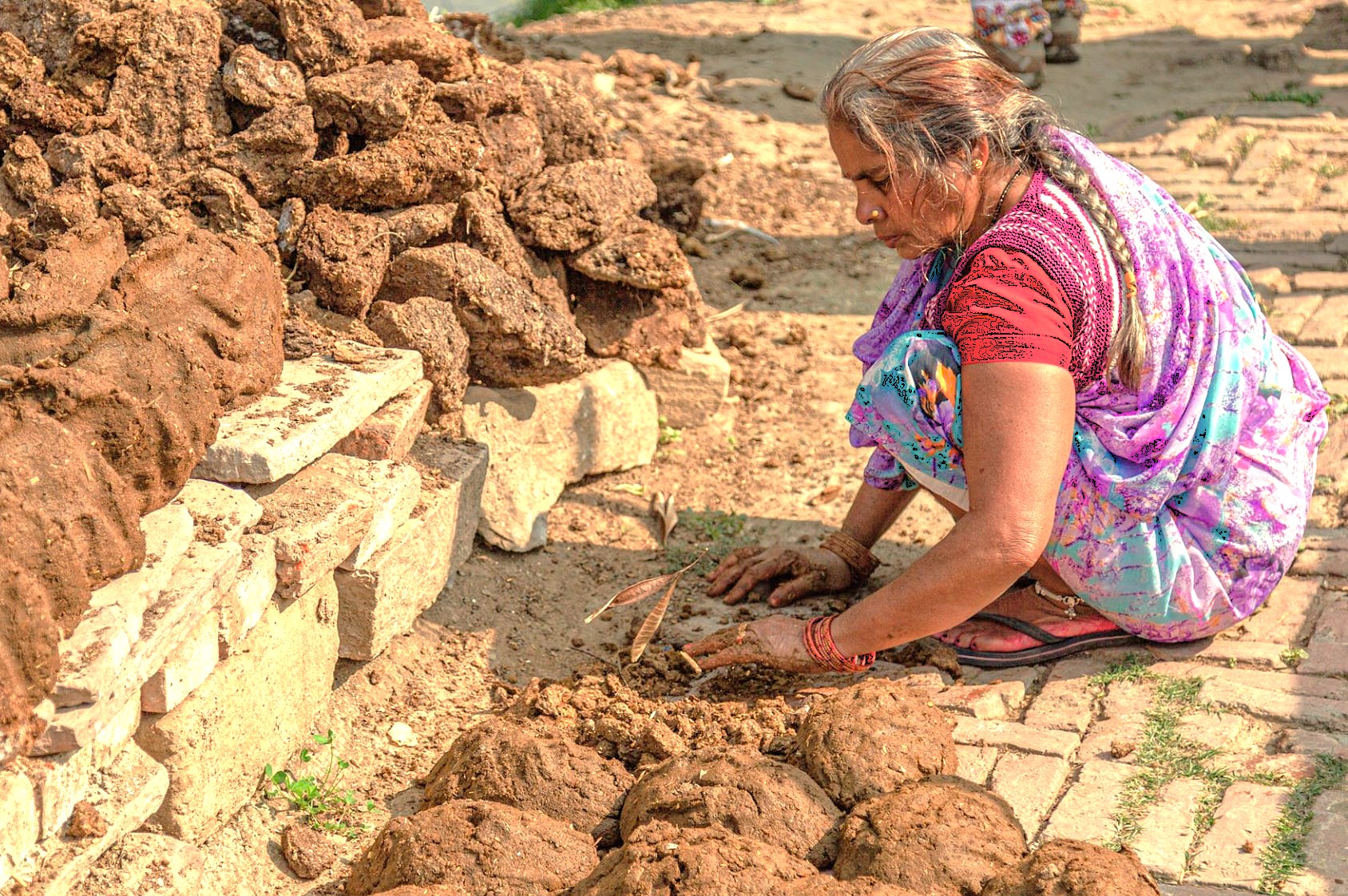
Walking the areas near the temple, we can see local artisans practicing traditional crafts. These crafts often include things such as pottery making and textile weaving. This community has many skilled craftspeople who are still using historical methods. Their work provides a look into the local culture and its long-surviving traditions. The skills they use have been handed down over many years within their families. We can also find small places to eat that serve regional food. Trying these local snacks is another way for us to experience the area's distinct character.
Urban Legends: Strange Sightings, Myths, and Mysteries
Local folklore abounds with legends tied to the Temple in Aihole. One tale describes the appearance of a mysterious figure associated with a sage, believed to roam the area during full moons. Locals share that this spectral being is a guardian of the temple, watching over those who approach with sincerity. Another urban legend attributes miraculous powers to the carvings within the temple, claiming they can grant blessings to those who pray earnestly. Such stories enrich the cultural fabric of the community, deepening the connection between the present and the past.
Resilience and Renewal: Overcoming Adversity’s Challenges
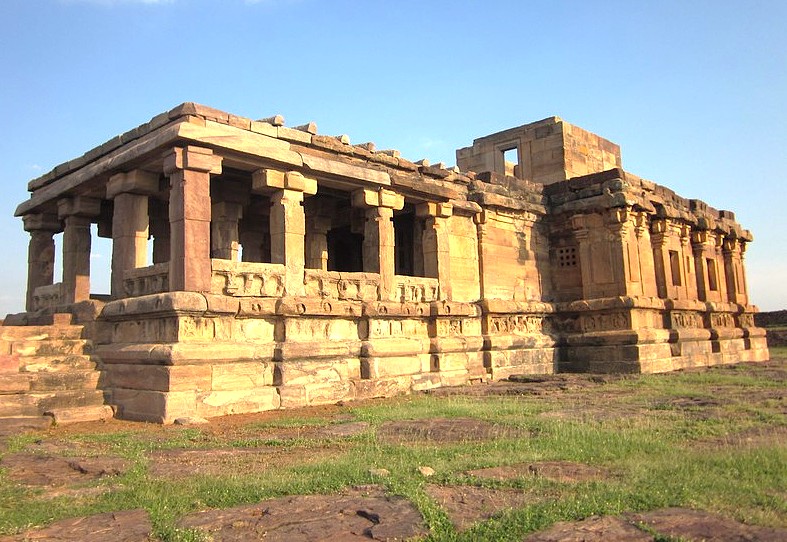
Meguti Temple Aihole India. Throughout its history, the temple has faced many challenges, including invasions and environmental changes. In 1191 CE, local forces defended against invading armies that threatened not only the temple but the cultural integrity of the region. The local community demonstrated exceptional resilience, ensuring the temple's survival. Severe flooding in the 18th century prompted restoration efforts, showing the community's commitment to preserving their heritage. This spirit reinforces the temple's role as a part of local identity, highlighting how adversity can unite people.
Curry Up and Get Here, Join Us
Our journey provides an opportunity to discover the unique features of this site. We explore its background and observe the culture that is present in the area. The stories embedded in this location have shaped it into the active community we see. Our exploration involves learning about the local legends and seeing the established traditions. We also get to sample the regional food available during our travels here. This allows a more direct encounter with the place and its specific character. This whole experience gives a fuller picture of what defines the destination's daily life.
Symphony of Generosity: Offerings from Wanderers to Residents
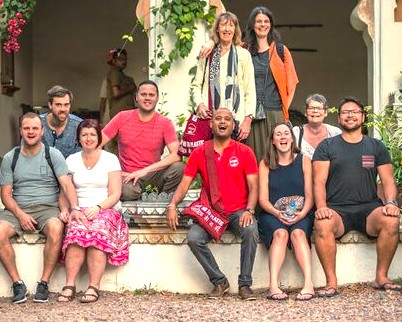
The relationship between the local community and those exploring the temple creates a rich exchange that benefits everyone involved. As we engage with artisans and locals, we contribute to the preservation of traditional crafts and culinary practices that define the area. This reciprocal relationship enhances the experience, allowing us to share our stories while learning from the rich heritage that surrounds us. Through these meaningful interactions, we become part of a larger narrative, emphasizing respect and celebration of cultural identity, ultimately creating profound connections that transcend mere observation.